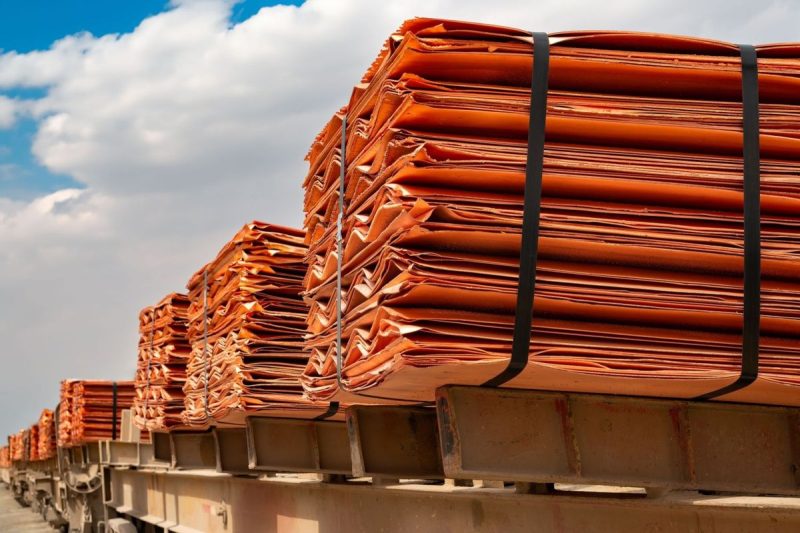Article:
Robert Friedland: No Rational Price for Copper as Essentially Infinite Demand Meets Short Supply
In a global economy driven by technological advancement and the pursuit of sustainable energy alternatives, industrial metals like copper have become increasingly vital. As the world transitions towards renewable energy sources, the demand for copper – a critical component in electrical wiring and infrastructure – has skyrocketed. Despite this surging demand, the supply of copper has struggled to keep up, creating a complex market dynamic that defies traditional pricing models.
Robert Friedland, a prominent figure in the mining industry, firmly believes that there is no rational price for copper in today’s market. With an essentially infinite demand for copper driven by the electric vehicle revolution, renewable energy projects, and technological innovation, the traditional supply and demand balance has been disrupted. This unprecedented demand growth, coupled with supply constraints caused by dwindling ore grades and logistical challenges, has pushed copper prices to record highs in recent years.
Friedland’s assertion that there is no rational price for copper reflects the inherent volatility and unpredictability of the copper market. Unlike other commodities with more stable supply chains, copper faces unique challenges due to its indispensability in a wide range of industries. As the backbone of modern civilization, copper’s role in powering our digital economy and enabling clean energy solutions cannot be overstated.
One of the key drivers of copper demand is the global push towards decarbonization and electrification. Electric vehicles, solar panels, wind turbines, and energy storage systems all rely heavily on copper for their operation. With governments around the world setting ambitious targets to reduce carbon emissions and transition to renewable energy, the demand for copper is only expected to increase in the coming years.
However, the supply side of the copper market is facing significant hurdles. Traditional copper mining operations are struggling to maintain production levels due to aging infrastructure, declining ore grades, and environmental concerns. Additionally, new copper discoveries have become increasingly rare, further complicating efforts to meet the growing demand.
In light of these challenges, Robert Friedland’s assessment that there is no rational price for copper appears to be well-founded. The traditional supply and demand dynamics that govern most commodity markets simply do not apply to copper in its current state. As the world grapples with the urgent need to transition towards a more sustainable future, the price of copper will continue to be shaped by a multitude of factors that extend beyond traditional market forces.
In conclusion, the copper market is at a critical juncture where unprecedented demand growth is colliding with supply constraints, creating a volatile and unpredictable pricing environment. Robert Friedland’s view that there is no rational price for copper serves as a stark reminder of the complexity of the challenges facing the industry. As stakeholders navigate this uncertain terrain, innovative solutions and strategic investments will be crucial in ensuring a stable and sustainable supply of copper for the future.
